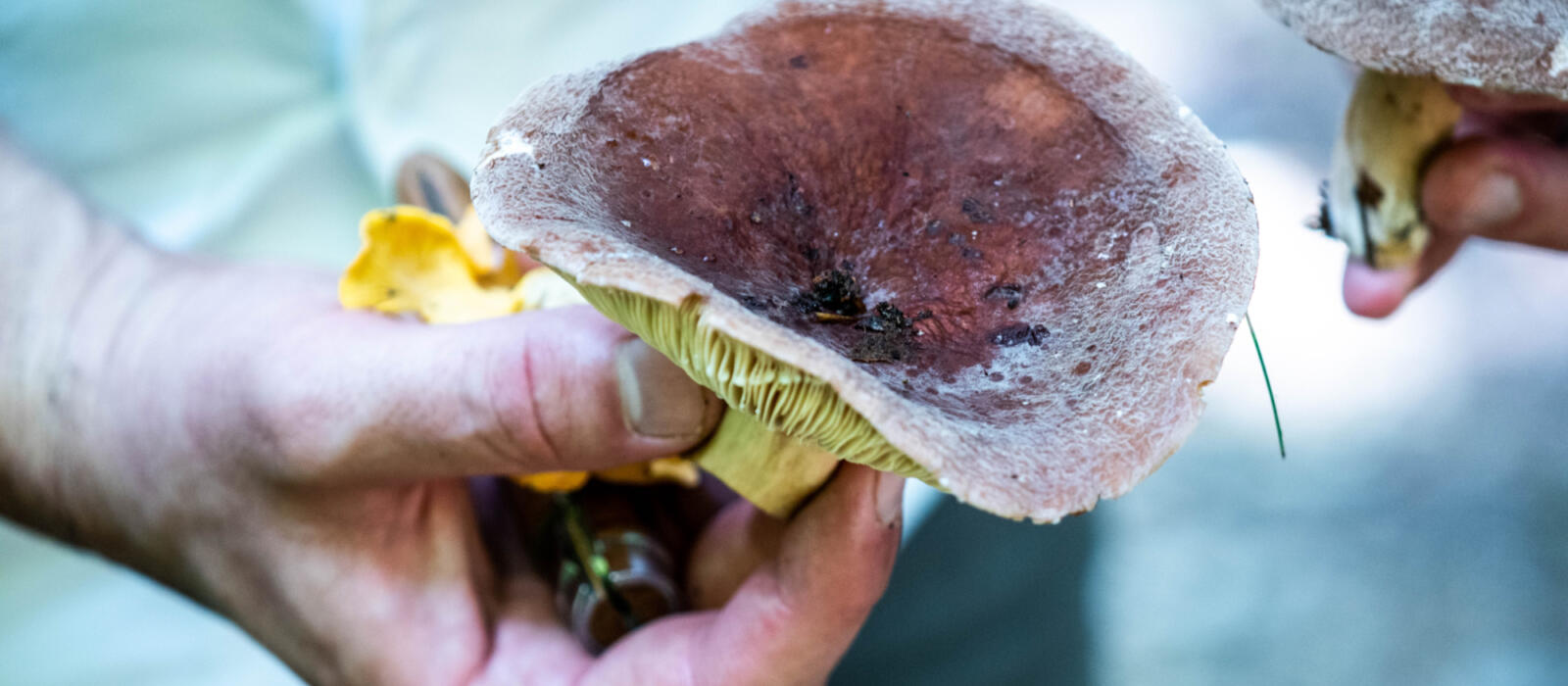Story
Get Ready for Foraging Season

Foraging seasons can be short, especially depending on what you’re hoping to gather. As Spring approaches and a season of growth begins, we checked in with Executive Chef Joey Edwards about his favorite tips and tools so you can be ready to forage when the time is right.
The most important thing to consider when preparing for foraging is where you’re going to forage. First, you need to know where you can legally go. Private land is usually best, but only if you have permission from the land owner. If that isn’t an option, look into what National Forests you have close to you, and check online to see what regulations they have for harvesting wild edibles. Also, some public parks allow foraging. Do your due diligence, and always be respectful of the land and the folks enjoying it.
Once you have an area you know you can forage on, a scouting walk is in order. Walking the land before the season starts can help you map out what areas look good for foraging so you can spend more time in potential hot spots once the goods are growing. If I’m unable to explore an area beforehand, I use a GPS that includes topographic details and water sources to zero in on what I think will be a good place to forage.
Now, what does scouting an area look like before you have the experience to pick out hot spots? Well, for mushrooms, look up what trees the mushroom you’re looking for might grow around. Then, try to find those trees in the wild. Mushrooms also like moisture, so low-lying land (but not flooded) would be a good detail to locate. Match the low-lying land with the correct trees growing, and you just identified a good spot to check out once the season is in full swing!
For gear, I keep it pretty simple. I have lost enough knives in the woods after getting excited about a cool find to not trust myself with something fancy. I typically have a simple straight edge pocket knife and maybe a small hand trowel if I’m expecting to find a root I’ll need to harvest.
I’ll carry a basic basket for mushrooms and keep paper bags on hand for wild herbs. Sometimes I’ll bring along a small “to-go” container to isolate a mushroom I’m not sure about and want to evaluate further at home.
When I first started foraging, I would carry a field guide with me. Now I don’t fuss with the extra weight, and if I come across something I can’t identify, I take plenty of pictures and research once I get home.
Pro tip: Foraging groups on social media can be great resources! It’s pretty common to find foraging groups specific to your region, which makes the chances of another member being able to identify your find much more likely. However, good pictures and descriptions of the environment will go a long way with whether or not someone online can help you with identification. My checklist before I post is:
- Picture of top of specimen
- Picture of underside
- Picture of stem
- Picture of leaves (if applicable)
- Picture of blossom/fruit/seed (if applicable)
- Notable environment features (like elevation, what’s growing nearby, soil type, etc.)
- When and where it was found
As we approach Spring, I’m most looking forward to hunting morels at Blackberry Mountain! They are always a challenge, and I love all the other Spring herbs and flowers I find along the way.
– Joey Edwards, Executive Chef at Three Sisters
